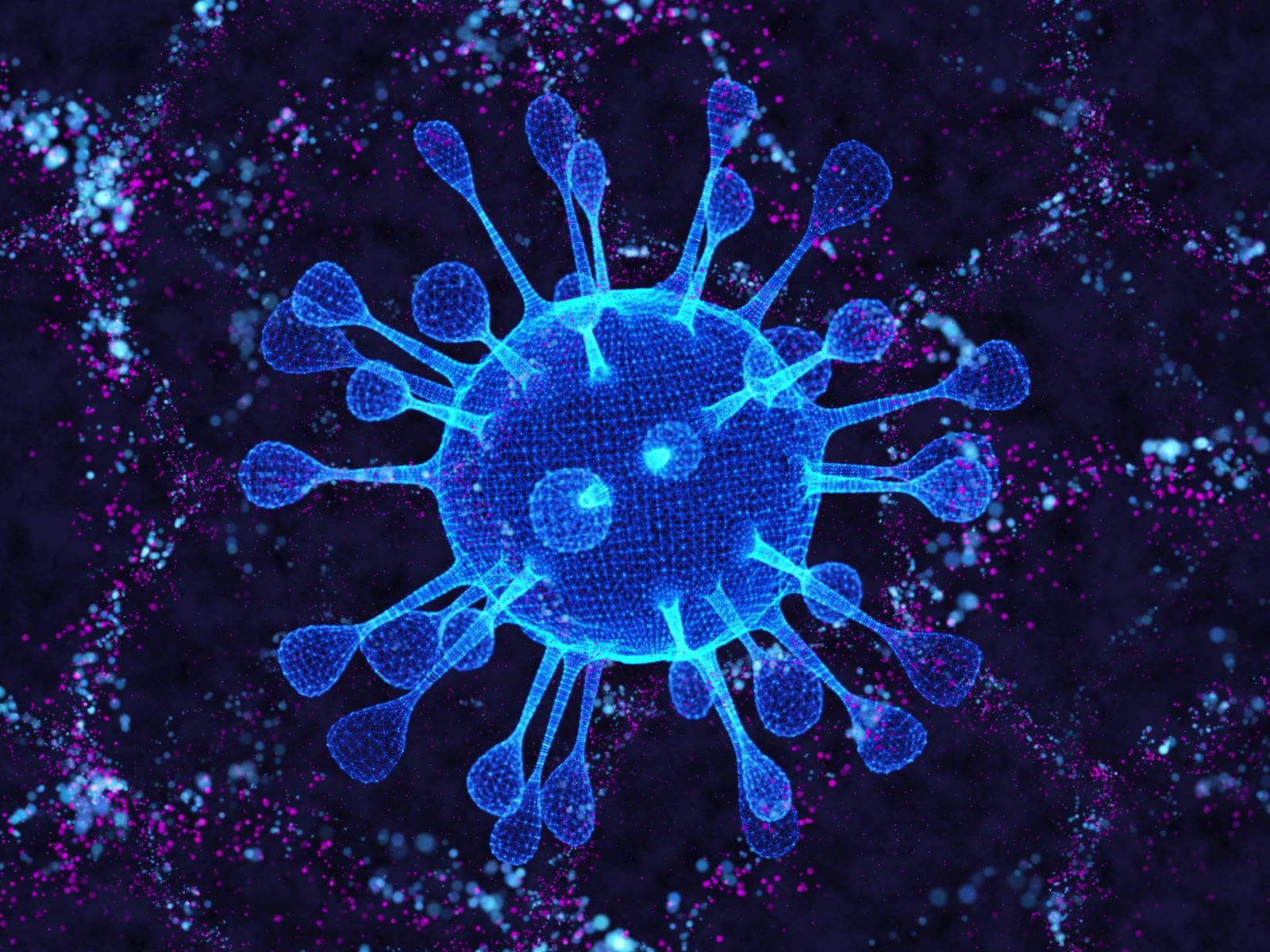Share




Nobody likes viruses; yet, we are surrounded by them. The best we can do is to coexist with them, developing certain protective mechanisms against their aggressive nature.
Washing our hands, using sanitizers regularly, being careful while sneezing, not rubbing our eyes with our bare hands or eating food without washing them; all of these are precautions that we take to prevent our bodies from being infected by viruses. However, even if we do these things, we are not fully protected from infections as once they enter the body it is quite tough to kill them.
In most cases, our immune system does a pretty good job in defending us against viruses, such as with the common cold or flu. There are, however, viruses that our immune system has a hard time dealing with, such as Ebola or Hepatitis C. These types can be very deadly, so it might be surprising that, when some viruses are exposed to visible light, they can be killed by time.
Is it possible to shine a light on infected tissue, and only kill the viruses, leaving healthy tissue intact? If a vaccine is not available for a viral illness, treatment options are extremely limited. As a result, a combined team of physicists and biologists thought of the case where when we increase the laser volume on a glass at a particular frequency, it vibrates violently enough to shatter; similarly, by putting more energy into the laser, the virus could shake itself apart.
Laser is like a hose pouring out water concentrated in one place with a higher intensity, while ordinary light is like the sprayer we use to water our plants that covers a wide area. It starts off with weak light and keeps adding more energy, so the light waves become ever more concentrated, making all light rays coherent and with a higher concentration of energy levels.
The Ultra-Short Pulse (USP) laser releases energy in pulses just one femtosecond long. Forced resonance is a technique that could be used to kill viruses using the USP laser as every virus has a unique molecular structure and a unique frequency that will cause it to vibrate. It is identical to the way a fine crystal glass will resonate, or vibrate at a particular frequency.

Image source.
Many more technologies are currently being studied in the world, in which the laser impulses can kill viruses contained in blood without killing the healthy tissues. The most well-known type is the semiconductor laser therapy of the blood, which works on the principle of normalization of blood conditions and immunity, increasing this way the resistance of live tissues to bacteria, viruses, and infections.
A study shows the effectiveness of laser therapy in HIV/AIDS treatment; researchers have irradiated human blood and patients have shown some improvement after the first application. The normalization of blood was proven, as well as the immunity improvement; this indicates the positive effect of laser on both blood and the immunity system in most cases diagnosed with HIV/AIDS.
One of the first things low-level laser blood irradiation triggers is the activation of microcirculation, taking in consideration that blood is a kind of reporter of everything that takes place in our body as it circulates through blood vessels to all of our organs. The laser works on the tissue level and its performance is universal for all organs, where it helps with restructuring by means of intensifying certain functions of cell parts.
Could anyone have ever fathomed that light, not only sustains life, but can save it as well? Thanks to new technologies and unstoppable research that amaze us every day with discoveries and achievements, we can fight things we thought could only be deadly.
Reference
http://science.howstuffworks.com/life/cellular-microscopic/light-virus.htm
Banner image: unr.edu